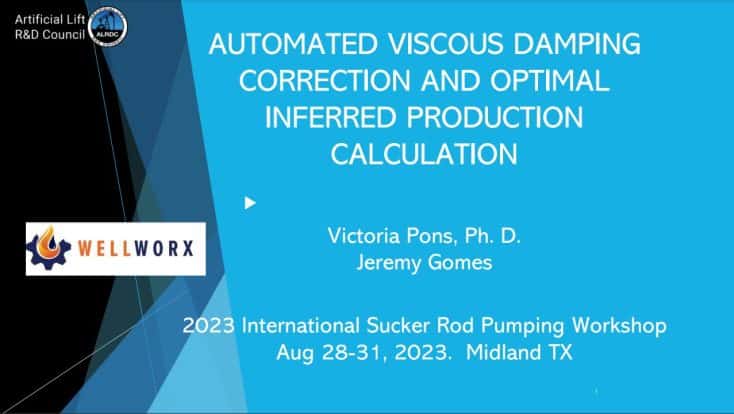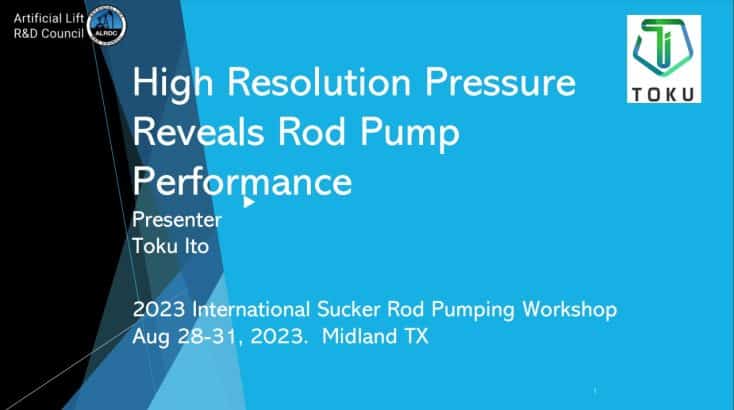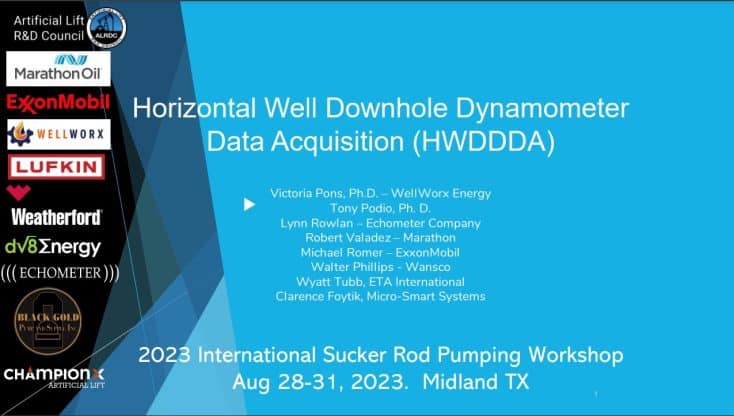Using A Hydraulic Sheave Lock Versus Traditional Methods to Safely Lock Out A Beam Pumping Unit
This presentation will share experiences and discuss common challenges that influence adoption of new technology related to artificial lift optimization. It will explore this topic in relation to four new patented and engineered artificial lift solutions products with field proven results including hydraulic sheave properly shut down and lock out beam pumping units, an innovative […]



